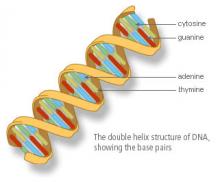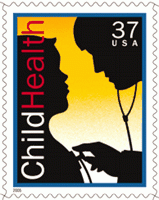Developmental Immunotoxicity of Imidacloprid in Wistar Rats
Human exposure to imidacloprid is likely to occur during its use as an acaricide or an ectoparasiticide. Accordingly, the developmental immunotoxic potential of imidacloprid was investigated. Oral exposure was initiated in timed pregnant female Wistar rats on gestation day 6 (GD 6) till GD 21. On GD 20, half of the gravid dams were sacrificed, and in utero fetal development was assessed. In the other half of the dams, administration was continued till weaning on postnatal day 21 (PND 21) and maternal toxicity was investigated. A subgroup of weaned pups was sacrificed to assess immunotoxicity parameters. The other half of the pups were exposed to imidacloprid till PND 42, and immunotoxicity was assessed. The findings revealed post-implantation loss in the highest dose group, indicating the risk of abortion. Soft tissue abnormalities and skeletal alterations were observed in the highest dose group. Humoral immunity was assessed by estimating hemagglutination titer and immunoglobulin production. Cell mediated immunity was assessed by Delayed Type Hypersensitivity, whereas, non-specific immunity was assessed by phagocytic index, and other phenotypic parameters. These data revealed that imidacloprid caused age-dependent adverse effects on the developing immunity which was aggravated when exposure continued throughout development, leading to a compromised immune system.










